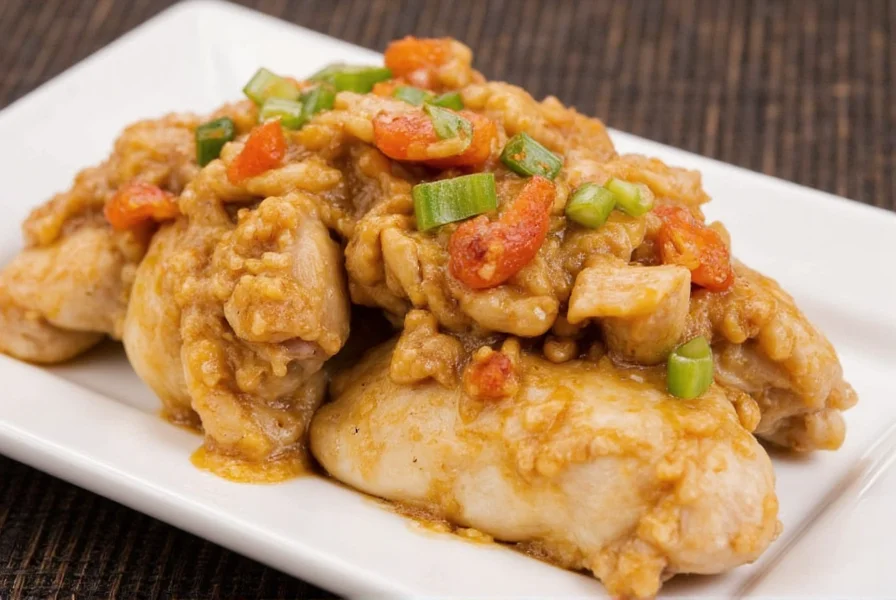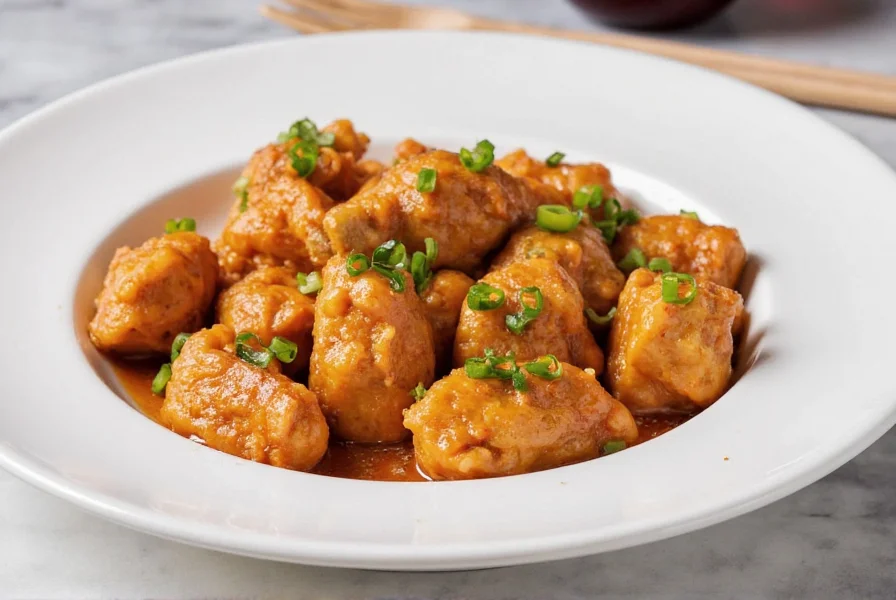When prepared correctly, ginger root chicken offers a harmonious balance of flavors that can transform simple ingredients into an extraordinary meal. The combination leverages ginger's natural compounds like gingerol, which not only enhances taste but may provide anti-inflammatory properties when paired with lean chicken protein.
The Culinary Science Behind Ginger and Chicken
Understanding why ginger root works so well with chicken requires examining the flavor chemistry at play. Chicken's relatively neutral flavor profile serves as the perfect canvas for ginger's complex aromatic compounds. When fresh ginger root is sliced, grated, or minced, it releases volatile oils that interact with chicken proteins during cooking, creating new flavor compounds through the Maillard reaction.
Professional chefs emphasize that the key to exceptional ginger chicken lies in the ginger preparation method. Thinly sliced ginger provides a more subtle flavor, while grated ginger delivers a more intense, spicy kick. For authentic results in your fresh ginger chicken recipe, many culinary experts recommend using young ginger with its thinner skin and higher moisture content.
Health Benefits of Ginger Root Chicken
Beyond its delicious taste, ginger root chicken offers notable nutritional advantages. Ginger contains bioactive compounds with potential anti-nausea and anti-inflammatory effects, while chicken provides high-quality protein. When preparing health benefits of ginger and chicken dishes, consider these evidence-based advantages:
| Component | Benefit | Scientific Support |
|---|---|---|
| Gingerol (in ginger) | Potential anti-inflammatory effects | Multiple peer-reviewed studies |
| Chicken protein | Muscle maintenance and repair | Well-established nutritional science |
| Vitamin B6 (in both) | Metabolic function support | Nutritional databases |
When creating a healthy ginger chicken stir fry, the cooking method significantly impacts nutritional value. Steaming or stir-frying preserves more nutrients than deep-frying, making these techniques preferable for health-conscious preparations.
Perfecting Your Ginger Root Chicken Recipe
Mastering the art of ginger chicken requires attention to several critical elements. For the best ginger root chicken marinade tips, allow chicken to marinate for at least 30 minutes but no longer than 2 hours with acidic components to prevent texture degradation.
Temperature control proves crucial when executing your ginger chicken cooking time guidelines. Chicken breasts require approximately 6-8 minutes per side in a hot skillet, while thighs need 8-10 minutes. The internal temperature should reach 165°F (74°C) for food safety.

Avoiding Common Ginger Chicken Mistakes
Many home cooks encounter issues when attempting authentic ginger chicken sauce recipe preparations. The most frequent errors include:
- Using dried ginger powder instead of fresh root (lacks vibrant flavor)
- Adding ginger too late in the cooking process (reduces flavor infusion)
- Overcooking chicken (results in dry, tough texture)
- Not balancing flavors properly (ginger should complement, not dominate)
For optimal results in your easy ginger chicken dinner ideas, add ginger early in the cooking process to allow its flavors to permeate the dish, but introduce delicate ingredients like fresh herbs toward the end.
Cultural Variations of Ginger Chicken
Ginger chicken appears in numerous cultural iterations, each with distinctive preparation methods. Chinese ginger chicken often features dark soy sauce and Shaoxing wine, while Japanese versions might incorporate mirin and sake. For those exploring traditional ginger chicken preparation methods, understanding these regional differences enhances culinary authenticity.
When adapting recipes for different dietary needs, consider these substitutions for your ginger root chicken recipe:
- Gluten-free: Use tamari instead of soy sauce
- Vegan alternative: Substitute chicken with tofu or seitan
- Lower sodium: Reduce soy sauce and add citrus juice
- For stronger ginger flavor: Add a small piece of galangal root

Serving and Storage Recommendations
For the best dining experience with your ginger chicken stir fry technique, serve immediately after cooking when flavors are most vibrant. Pair with steamed jasmine rice or cauliflower rice for a complete meal. Leftovers maintain quality for 3-4 days when stored in an airtight container in the refrigerator.
When reheating ginger chicken, add a small amount of water or broth to restore moisture. Microwave reheating works best at 50% power to prevent overcooking. For meal preppers exploring ginger root chicken meal prep options, consider storing components separately and combining them just before eating.
Frequently Asked Questions
Can I use ground ginger instead of fresh ginger root in chicken recipes?
While ground ginger works in a pinch, it lacks the bright, complex flavor of fresh ginger root. Use 1/4 teaspoon ground ginger for every tablespoon of fresh grated ginger, but expect a less vibrant result. For authentic ginger chicken flavor, fresh root remains superior.
How do I prevent ginger from burning when cooking chicken?
To prevent ginger from burning, add it to hot oil for just 30-60 seconds before introducing chicken. Maintain medium-high heat rather than high heat, and stir constantly during this initial phase. Adding a small amount of liquid (like rice wine) immediately after ginger helps control temperature.
What's the best cut of chicken for ginger chicken dishes?
Boneless chicken thighs work best for ginger chicken recipes due to their higher fat content, which prevents drying during cooking. However, chicken breasts provide a leaner option if sliced against the grain and not overcooked. For traditional preparations, Chinese recipes often use bone-in pieces for deeper flavor.
How can I reduce the spiciness of ginger in my chicken dish?
To reduce ginger's spiciness, peel the root thoroughly (the spiciest compounds concentrate near the skin), use younger ginger which is milder, or blanch sliced ginger in boiling water for 1-2 minutes before cooking. Adding sweetness through honey or brown sugar also balances ginger's heat effectively.
Can I freeze ginger chicken for later use?
Yes, ginger chicken freezes well for up to 3 months. Cool completely before transferring to airtight containers, leaving some space for expansion. For best results when reheating frozen ginger chicken, thaw overnight in the refrigerator and reheat gently with added liquid to restore moisture.











 浙公网安备
33010002000092号
浙公网安备
33010002000092号 浙B2-20120091-4
浙B2-20120091-4